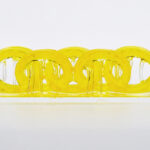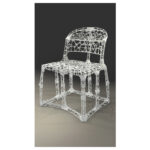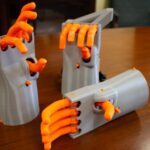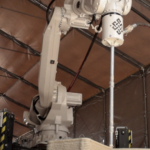Not only has construction 3D printing gotten quite a boost in the recent year, but fringe, organic building components within the field have seen a surge as well. From clay earth to hemp, construction printing is finding strange new ground. Now, researchers are toying with the use of peat 3D printing mixture for construction material creation.
The University of Tartu is conducting the research, into transforming peat from wetlands into processable mixtures. Peat mainly consists of a mix of decomposed plant material that is native to many damp areas and wetlands. While it has many uses, including as an alternative to fossil fuel, this is an entirely new concept. Not only did the experimentation with peat allow for building material, it happened to be cheaper as well. The construction mix and oil shale ash served as nearly tenfold cheaper than traditional methods.
Researcher Juri Liiv created a mixture from peat, poultry manure, and wood ash as a bedding material. Then, he moved onto testing its abilities as a sustainable construction material. The main issue he cited was one of peat preventing other materials from hardening. The new formulation takes care of this.
Sustainable Construction
The Estonian Peat Association estimates that about 3% of the earth consists of peat lands. It also makes up 20% of Estonian land, so one can see why they’d leap to the opportunities this research presents. However, according to the research, they can only make use of the top drier portion of the peatlands.
The peat mixture allows for self-supporting houses after construction. Instead of cement they use oil shale ash as the core binding agent because the mixture can increase in alkalinity when dampened by water, resulting in a pH rise of up to 13. The oil shale prevents this.
The team took about a year to find the best combination, balancing strength and thermal conductivity. The material takes a day to achieve its initial hardness but it maintains elasticity for a while longer. As a result, there is little need for insulation, filler or even noise-blocking due to air-tightness of the construction. On top of all this, the researchers estimate a cost of €5,000 to 3D print the outer frame of a 100-150 square metre house. As mentioned earlier, this results in one-tenth the cost in comparison with traditional manufacturing techniques.
Even though scientists are saying the peat printing method isn’t fully ready yet, the findings are fascinating. The method isn’t ready for 3D printing but at the rate construction methods are developing one can optimistically predict a workable model in the next few years.
Featured image courtesy of Estonian Peat Association.











